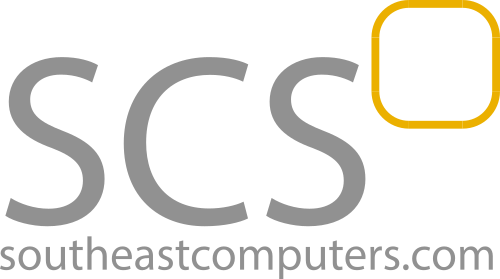The medical devices and pharmaceutical industries are evolving at a rapid pace as the population ages and we discover new and better ways to treat patients. However, there are still significant challenges to overcome. Take a closer look at the current state of the medical devices and pharmaceutical industries and the challenges they face now and in the future.
Demand Increasing Here and Abroad
In 2017, there were 962 million people aged 60 or over according to the United Nations' World Population Prospects report. By 2050, the number of seniors is expected to more than double. By 2100, it will more than triple. The United Nations noted the population is aging in almost every country of the world. Aging populations are one of the leading factors increasing demand for medical devices and pharmaceuticals.
The United States is aging much faster than many nations, with the number of Americans aged 65 and older expected to nearly double between 2016 and 2030. During this same period, the global population of seniors aged 65 and older should increase by just 10%. In line with this increase, health care spending will also get a boost, rising from 17.9% of the gross domestic product to 19.4% by 2027.
It's not just established wealthy nations spending big. Emerging economies including South Korea and Brazil are also spending big. These developing markets can be attractive to medical device companies and pharmaceutical companies as they have lower regulatory standards.
Strict Regulations Increase Pressure
Large established economies like the United States continue to regulate their health care industries closely to ensure only genuine products enter the supply chain. In 2010, the U.S. Food and Drug Administration (FDA) introduced a Serialized Numerical Identifier system for drug manufacturers. Three years later, new federal standards under the 2013 Drug Quality and Security Act required manufacturers to participate in a new electronic prescription drug track-and-trace system.
The FDA is introducing new medical equipment labeling requirements similar to existing pharmaceutical guidelines. The unique device identifier requirements will be phased in over a seven-year period. While all these regulations are designed to keep consumers safe, complying can place a significant financial burden on medical device and drug manufacturers and potentially disrupt the supply chain.
Dependence on Large Customers Shifts Power
The consolidation of pharmacy chains and group purchasing organizations has made medical device and pharmaceutical companies increasingly dependent on large customers. This has shifted the power dynamic, giving the customers greater negotiating power than ever before. Health companies can spend money developing their products and gaining regulatory approval, yet there are still no guarantees that the large companies with such power will adopt them.
At Southeast Computer Solutions, we want to help the medical devices and pharmaceutical industries move forward. In recent years, we've built domain expertise and intellectual property in the medical distribution and manufacturing industries. We're sharing our knowledge and expertise through events like this year's FIME Show in Miami Beach.
Call us at 888-773-2161 or complete our online contact form to learn more about our work in the medical devices and pharmaceutical industries and how we can help your organization.
Ralph Ceccarelli, SVP Sales & Marketing of Southeast Computers Solutions will be a guest speaker at FIME Health Innovation Seminar June 26-28th Miami Beach Convention Center, Miami Beach, FL.







